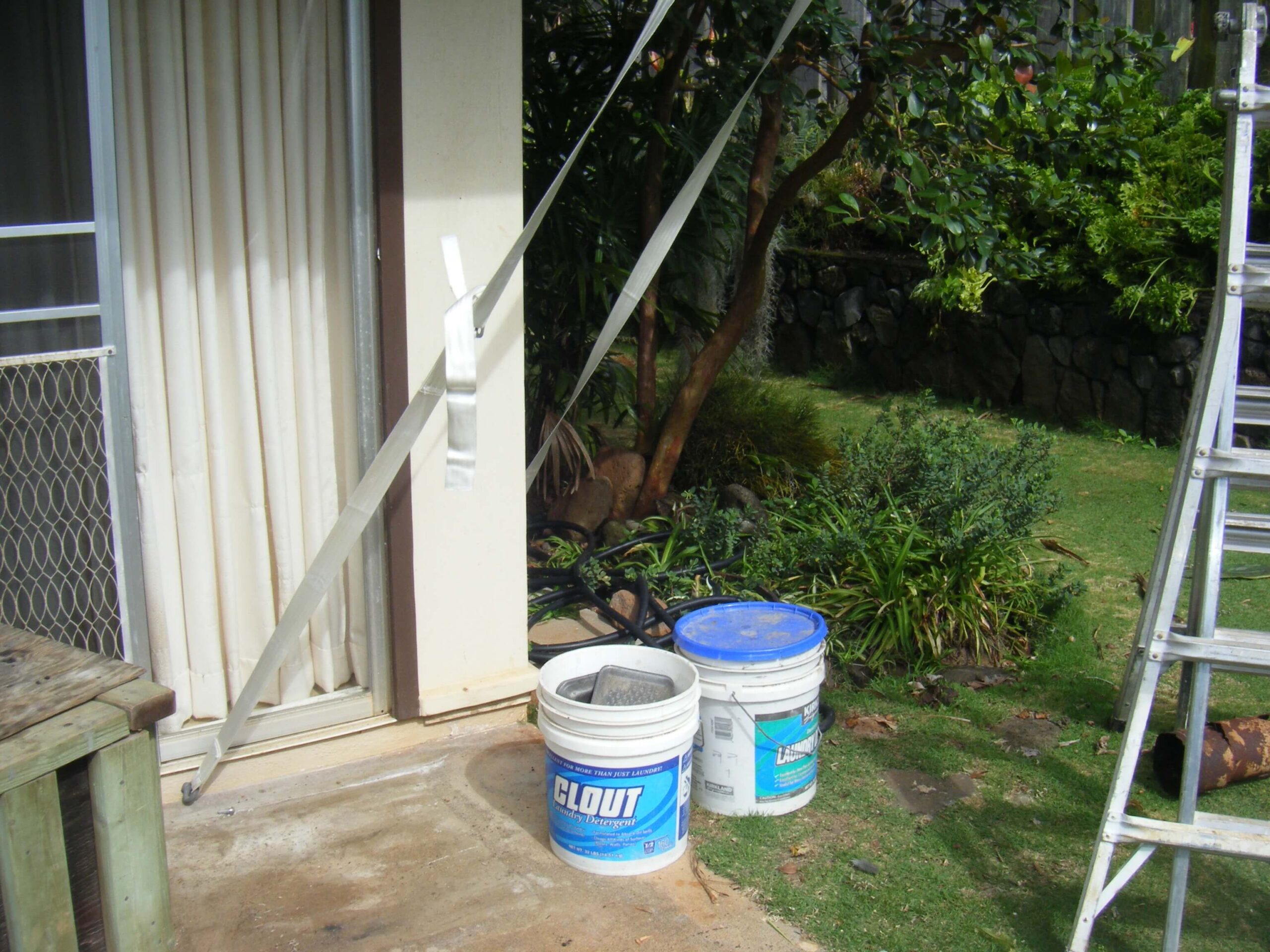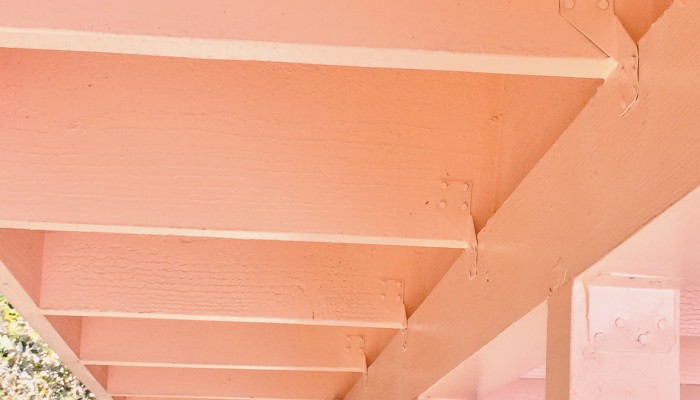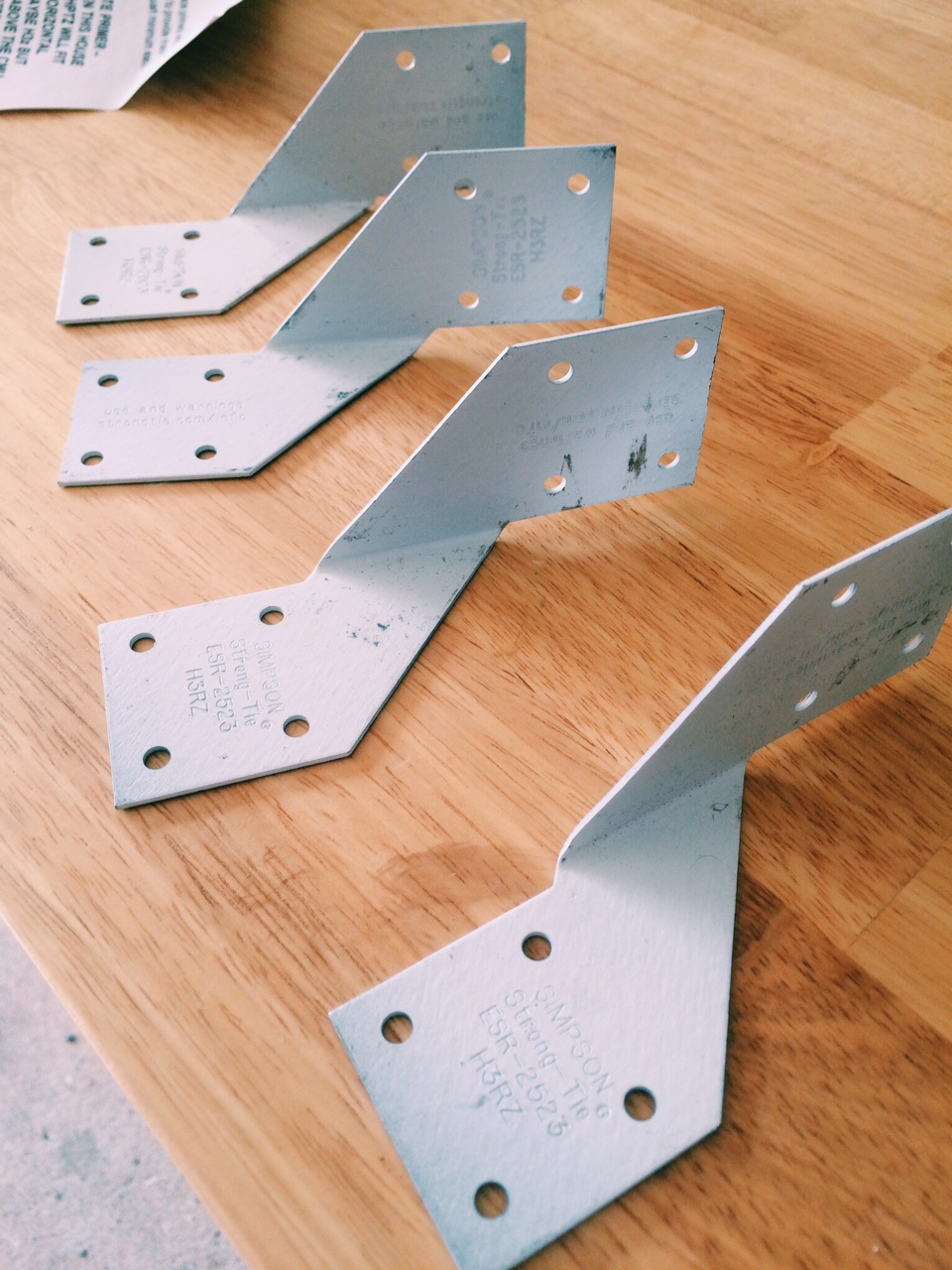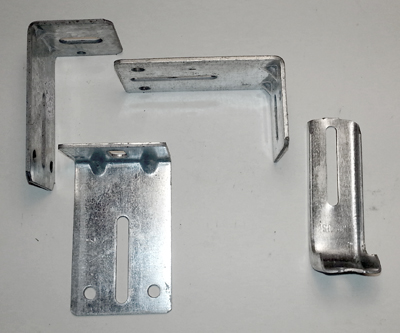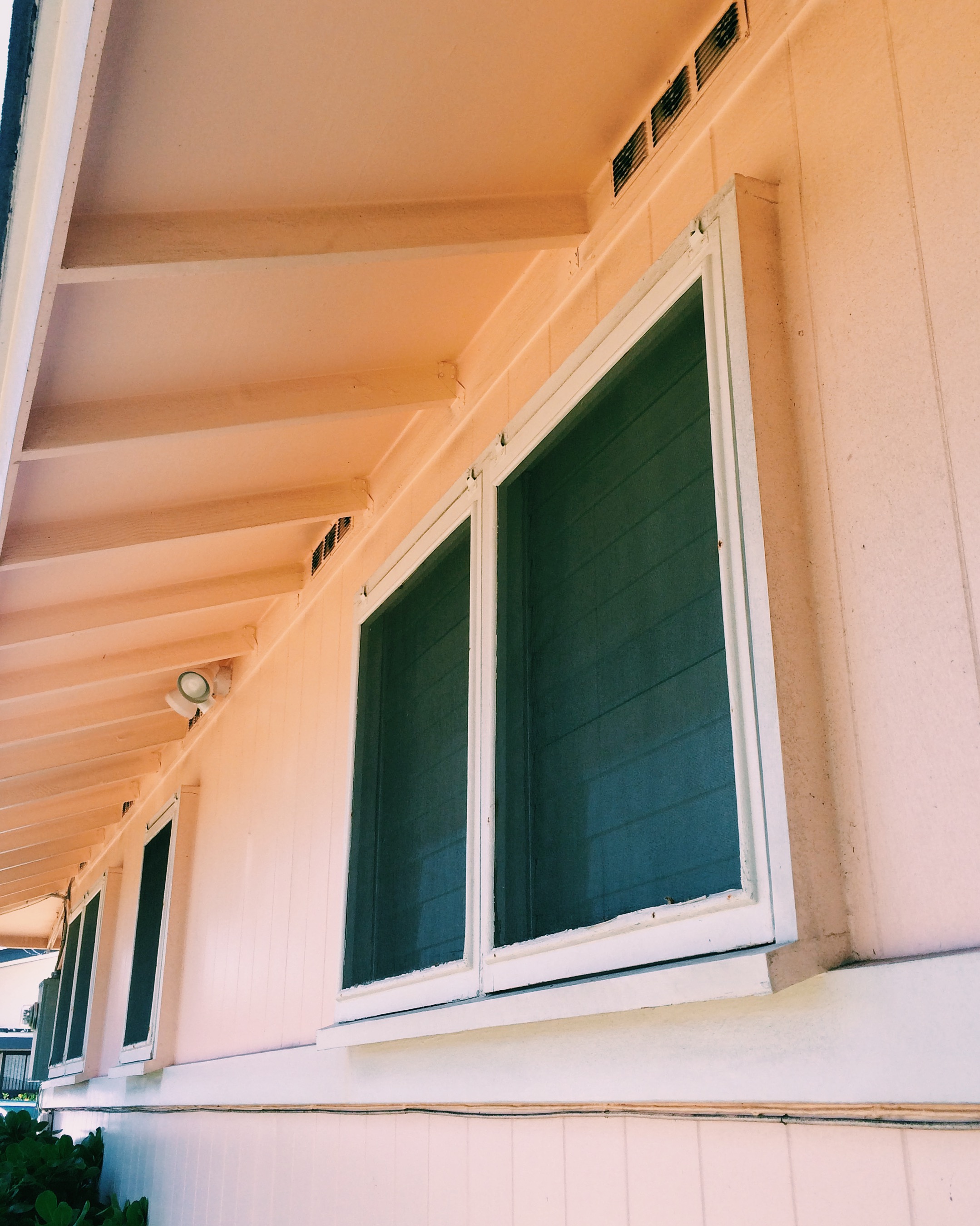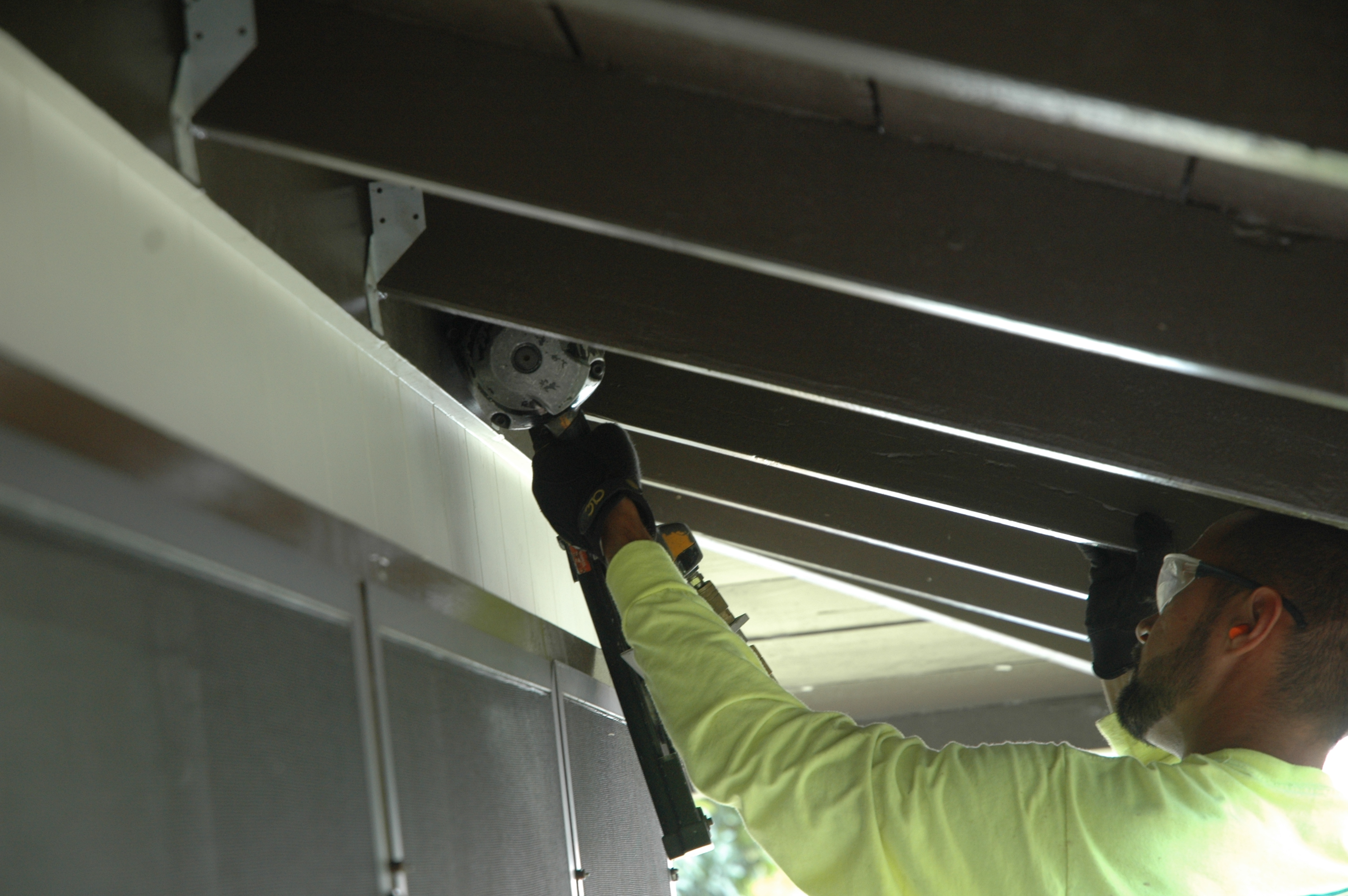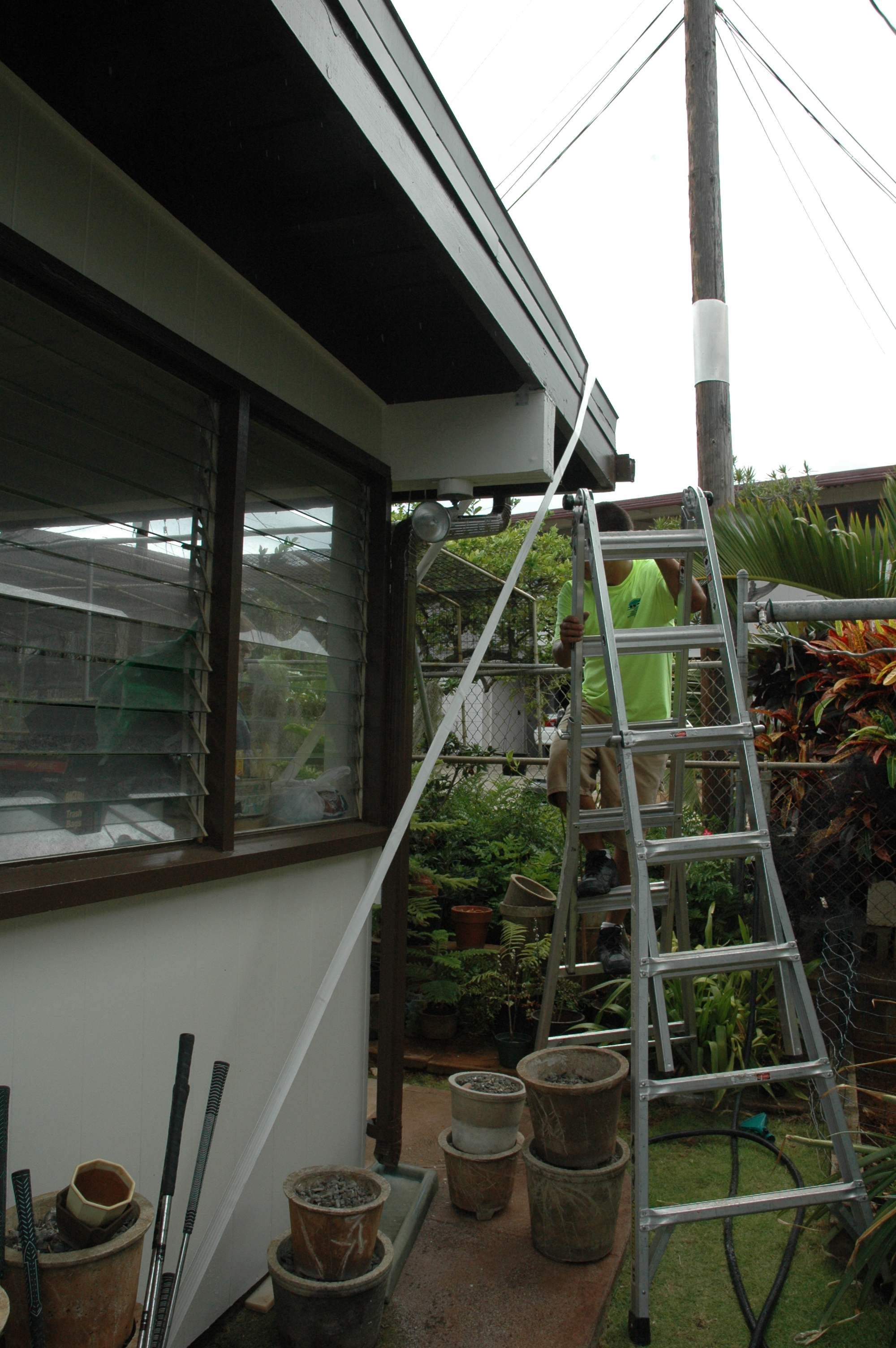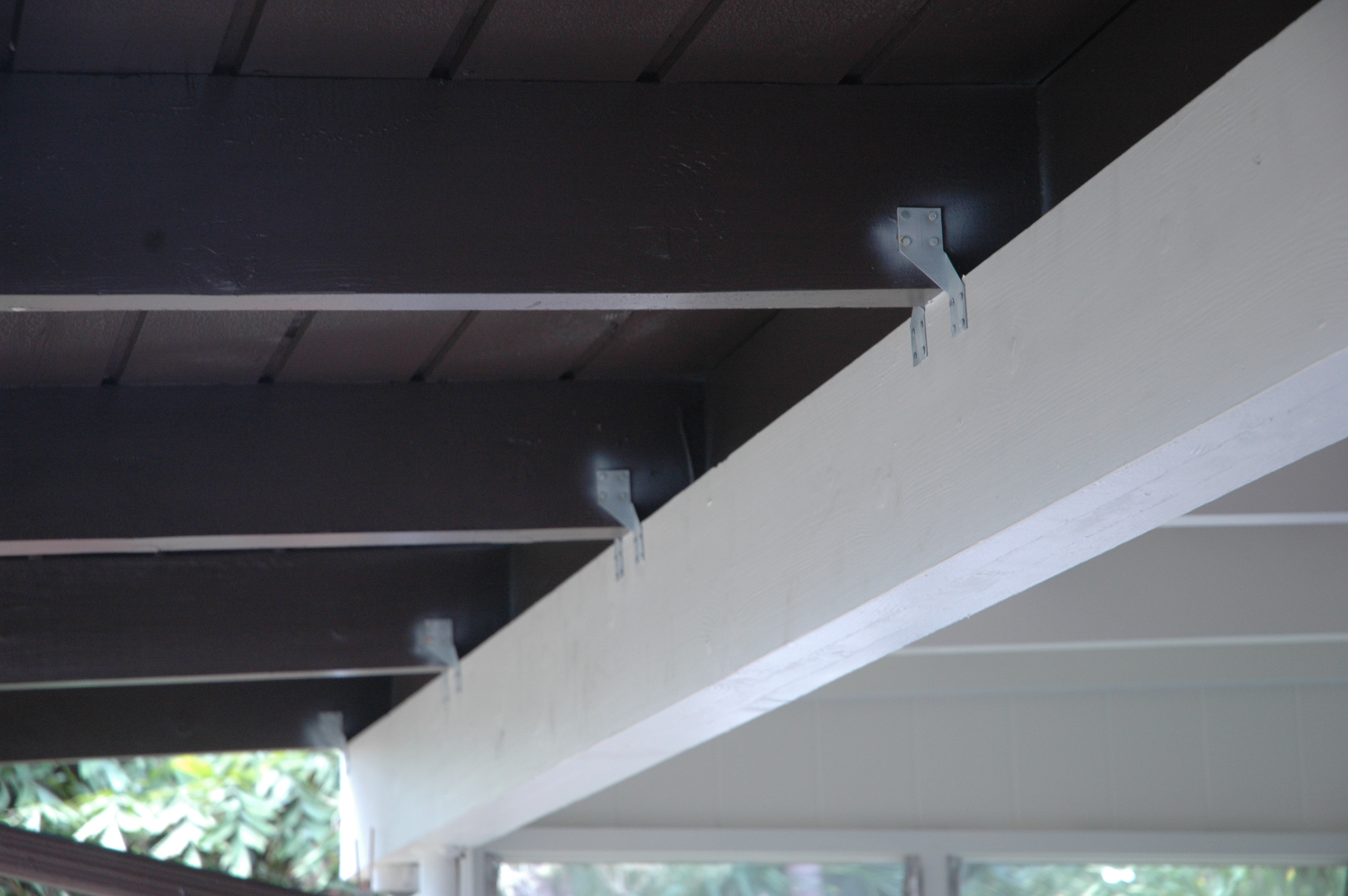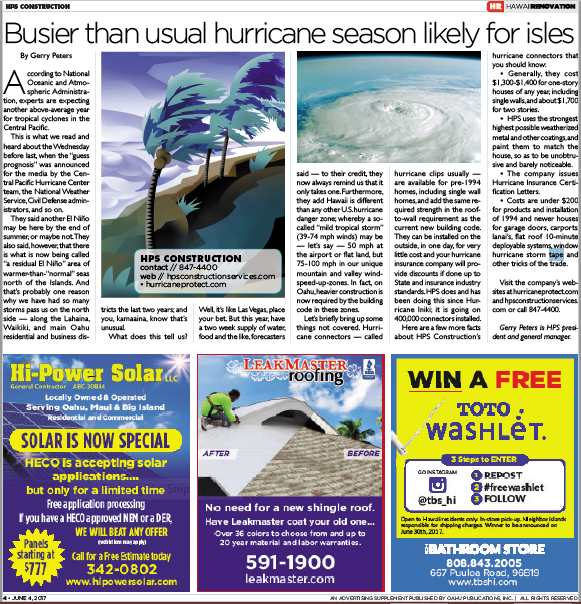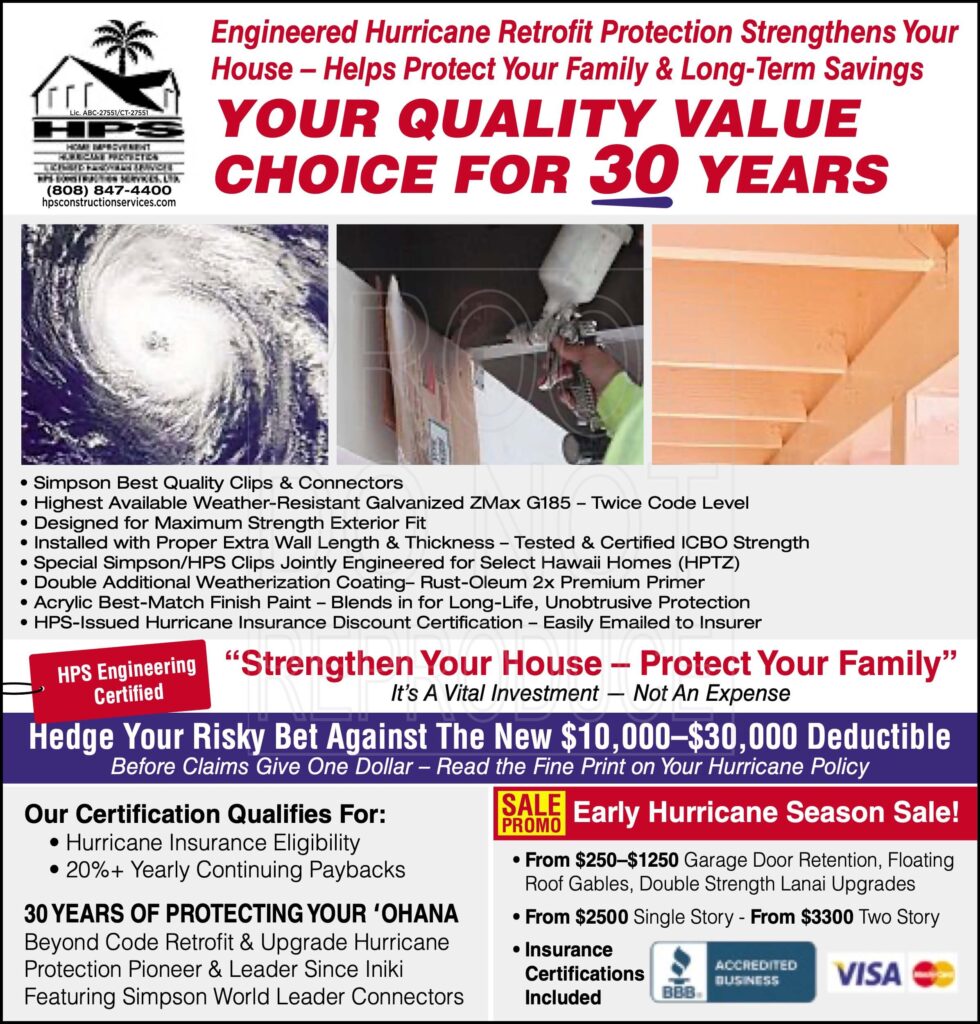 2025 DOUBLED HURRICANE WORRY: THE “NOT IF- BUT WHEN” NOW HAS TWO THREATS
2025 DOUBLED HURRICANE WORRY: THE “NOT IF- BUT WHEN” NOW HAS TWO THREATS
Global Climate Change: Storms Already Coming In Every Direction
Hurricane Insurance: Declining Availability and Outrageous Cost Increases
By Gerry Peters
For past 43 years since, first Hurricane Iwa, and then Hurricane Iniki, the worry mantras have been Mantra One: It’s not a matter of if, It’s a matter of when! And during non El Nino years with at best guesses of who knows, maybe “only” up to 4 or 5 expected storms –thus Mantra Two: It only takes one!
But all these years we suspected Mother Nature was our only potential Big Bang! Lots of Global Climate Change fear mongering and some evidence, yet pooh poohed by Deniers:
Sea level rise, record world temperatures, world disasters losses growing every year to over $60 billion in the US, and over $100-$150 billion worldwide, Florida double whammy back-to-back hurricanes traveling inland hundreds of miles and leveling inland communities, devasting repeating California, Canadian, inland states unimaginably devastating wildfires, and our own doomsday level Maui fire –linked to the wind pull of an offshore hurricane.
Thus, we are now facing the double whammy—Mother Nature AND the risk adverse our insurance industry.
Rest assured, we have stayed on top of this situation for 30 years — since Hurricane Iniki, and we will help you in several ways, all sensible and cost effective. HPS Construction Services dba HPS Hurricane Protection Services (hpsconstructionservices.com) (808 847 4400) has partnered with the $3billion sales worldwide leader in engineered strengtheners which fight hurricanes, tropical cyclones, earthquakes and more. We have installed more than 600,000 clips, and every one of them helps.
Many of you with paid off, no mortgage houses, are so taken aback by the shocking doubling of hurricane insurance annual costs, that you are choosing to gamble with no insurance and no retrofit strengthening. This is, we all know, a nerve-racking roll of the dice—-1000’s of times riskier and more potentially ruinous than anything you will ever do elsewhere.
Thus, at a minimum, let us help you with our no cost site tech check. We welcome the opportunity to help you learn how to contend with the double whammy—Mother Nature AND our insurance industry friends.
Beware—El Nino is back!
Warming planet to get hotter, forecasters warn
HURRICANE INSURANCE TIGHTENING UP;
SAVE BIG YEARLY WITH HPS HURRICANE PROTECTION RETROFIT CERTIFICATION
“Aloha Gerry,
Amazing! The insurance company HHG took only 50 minutes to turn around and approve a $2,131 premium refund! Our insurance consultant was so surprised it was quick and no follow-up! The letter was very powerful! Thank you so much Gerry! YOU’RE THE BEST!!
Take care and Mahalo,
Ernie’s iPhoneX”
Read “Most Hawaii homes aren’t ready if a strong hurricane hits” on SmartNews: https://l.smartnews.com/p-
Hurricane Protection from $1,895….It’s an investment, not an expense
HPS is well known for being Hawaii’s pioneer and leader in hurricane clip retrofit for homes and buildings. We provide durable and weather tested hurricane products. All of our cables, ties, straps, and other components are made from the highest grade, double and triple-galvanized steel available.
Hurricane clip retrofits are custom designed to improve the structural integrity of your house. By strengthening the roof to wall, post to beam, and wall to foundation connections, houses are proven to withstand greater wind force. We fortify such vulnerable spots as windows, garage doors and lanais.
Only houses built in Hawaii since 1994-1997 have hurricane clips mandated by county codes, but not all have clips for V gable peaks and horizontal lookout beams nor for dutch gable peaks. Hurricane clips and connectors have been proven throughout the world since 1963, which is why Hawaii counties mandate them for new construction.
To learn more about our hurricane protection services visit our informative site www.hurricaneprotect.com or click here: FAQ page
HPS CONST SVCS could have prevented this from happening for around $325 by installing hurricane connectors (“hurricane clips”) to attach the roof structure to the wall structure.
Hurricane Insurance Discounts
Most hurricane insurance companies offer substantial annual discounts in hurricane insurance premiums as an incentive for you to strengthen your house. The discounts are available for:
1) Roof-to-wall connection (hurricane clips) (typically 10 percent off)
2) Wall-to-foundation connections (typically 10-12 percent off) (All houses on slab foundations qualify for this provided the car port and lanai free standing posts are connected with plates to the concrete)
3) Deployable storm panels/ window coverings (15-18 percent off for single-family houses and 18 percent off for condos)
Check with us as to the availability of the discounts and the specific requirements needed to obtain them. Each company is a little different. Conceivably, if all three strengthening measures are performed, as much as 40 percent could be saved on your hurricane insurance premiums annually.
HPS provides Certificates of Completion of Retrofit for your hurricane insurer, and will also communicate with them by phone and email too. This is a no extra charge service to our customers including necessary photos and contractor certifications.
To learn more about our hurricane protection services read our FAQ below and visit our informative site www.hurricaneprotect.com
2019 Star Advertiser Articles:
Hawaii Braces for Another Busy Hurricane Season (2019)
Forecasters predict 5 to 8 tropical cyclones for 2019 Central Pacific hurricane season (video)
2018 Articles:
Hurricanes to Grow More Destructive As Ocean Warms….
HURRICANES TO GROW BIGGER .PDF
America’s Fingers-Crossed Strategy for Hurricane Season – Link to Full Story
Frequently Asked Questions:
What is Hurricane Protection?
Hurricane protection is structural strengthening of your residence to better resist the steady force and strong gusts that occur for hours during a tropical storm or hurricane. Hawaii is different than every other coastal state because Hawaii has mountains and valleys and is susceptible to hurricanes from the East, West and South. Due to the warming of waters on the north side of the Hawaiian islands in 2014 Hawaii was also susceptical from the north as two storms skirted the islands from the north side.
What are hurricane clips?
Hurricane clips are steel connectors that have been designed, tested, and mandated by all building codes for new construction to connect your roof structure to your wall structure. When the tropical storm or hurricane winds hit your walls they are forced upwards to the over hang of your roof. Hurricane clips have passed rigid international lab testing and they are shown to quadruple (4x) the hold downforce at the junction of the roof and wall. In equivalent terms, just the basic hurricane clip installation is like parking 8 to 12 full size SUV’s around the periphery of your roof as a hold down.
How effective are hurricane clips at protecting your house?
Between 50% to 70% of hurricane induced losses are due to roof failures. Hurricane clips are mandated for new construction, additions, and remodels. They are urged by hurricane insurers for existing homes built before 1994 in Hawaii (1994 is the date that the code was fully enforced). The simple explanation is that roof to wall connectors (clips) add a tested, proven, and surprisingly large degree of resistance to wind gusts and steady storm force winds. In other words, it is proven, especially for Hawaii’s single wall houses which have little resistance to the push of side force winds that once your roof frame (the lid on the box) starts lifting the walls then are free to flex, bend, and collapse. This starts with only a couple of inches of side force dislocation because that is usually enough to cause the windows to break or blow out. Once the winds have access to the inside of the house then it finishes off the lifting of the roof.
Where are hurricane clips installed?
On new construction they are installed at the roof to wall junction at the top of your inside walls behind the drywall. On existing construction, called retrofitting, they area installed on the outside at the top of your walls where the roof rafters exist the attic. They are unobtrusive looking, usually only 3 inches tall and 1 inch wide.
Is all work done on the outside?
Yes, in vast majority of cases everything from the initial inspection to the installation will be done on the outside of the home. We will not need to enter your house.
Are hurricane clips noticeable?
Surprisingly they are barely noticeable. That is because, first people barely look at the top of the wall on the outside. They barely notice existing electric wires, water lines, electric meters, etc. Secondly, they are painted to blend in. HPS has installed over 2.5 million hurricane connectors (ties and clips) in over 21 years of service Hawaii. They are so unnoticeable, we have even had inquiries about hurricane protection when it’s already there.
How do hurricane clips hold up to Hawaii’s climate?
HPS provides three layers of protection against corrosion. First, the clips we used are specially ordered from Simpson Strongtie to have an extra layer of galvanization applied at the factory. HPS then coats each item with a 2x metal primer. Once the item is installed we then thoroughly apply a 100 percent acrylic latex paint coating to match the color of the surrounding walls and eves. HPS makes available up to a 25 year limited warranty which only requires that homeowners or town house project maintenance repaints the walls, including clips, at a minimum of every 10 years. If near a sea coast, sprays the connectors to wash off air borne salt build up every 2 years.
Who says hurricane retrofits are worthwhile?
The property insurance industry thinks so. They know that the building codes throughout the coastal states and Hawaii are engineering based. In addition, states like Florida, Louisiana, and Hawaii invested hundreds of thousands of dollars into studies which proved the value and efficacy of retrofit hurricane protection.
Does my house already have hurricane clips?
Houses and townhouses built before 1988 are almost certain NOT to have them, as they were not required at that time. This includes single wall houses, double wall houses (with wall framing and drywall inside), and CMU hollow tile block masonry houses with wood roofs. Houses built between 1988 and 1993 have about a 50 to 70 percent chance of having them, and houses built in 1994 and after were required by Hawaii building code to have them.
How do I confirm whether or not my house has hurricane clips?
This can almost always be verified as to their presence or absence by peaking into the attic with a powerful flashlight, shined towards the outer walls. Or you can confirm them by referring to your house plans. HPS may be able to assist you with an onsite inspection. This inspection includes, where applicable, a Certification Letter from HPS, which is a licensed general engineering contractor as well as a general contractor. In many cases this certification can reduce your annual hurricane insurance premiums. Additionally, of course, as part of this inspection HPS will provide a written proposal and contract for retrofit installation, should your house require. Often times where houses have had a series of additions and remodels over the years, HPS can certify what has clips and provide proposal and contract for the older sections that do not, and then provide certifications for the entire structure.
Are there specific parts of my house that may be weak, or more susceptible to damage?
Yes, even if your house has clips on the main body of the house, the building codes did not provide for or require adequate or desired wind resistance for the large “wing-like” parts of your house. These include carport roofs, lanai roofs, garage doors, and long flat roof corner overhangs, and even photo voltaic roof panels. HPS has products and installation services for each of these starting in the range of $115 to $230 dollars for each of these areas. Solar PV solutions are priced individually, ranging from $200 to about $800, depending on the house.
How much do hurricane protection retrofits typically cost?
One story homes can cost $1300 to $1500 to retrofit. Two story homes can range from $1500-$1800 (all prices do not include tax or account for specific variables including size of house, presence of exterior electric or plumbing lines, or presence of vinyl siding or soffits).
What if my house has vinyl siding or soffits (covered eaves/ overhangs)?
Houses with vinyl siding that don’t have their eaves covered generally do not have additional costs related to siding. Houses with covered eaves (vinyl covering the rafters) can mean an additional labor charge of around $1000. For houses that have ply wood or drywall soffits covering the rafters we generally install a 1 foot screened area along the rafter runs, which provides access to rafters, and provides a cooling effect on the temperature of the house in general (many high end houses are built with this feature for added comfort). Depending on the size of the house, individual labor and materials are priced individually for this screening work.
How long does an installation take?
Generally, weather permitting, the majority of installations are completed in one day. Vinyl soffit houses may take 2 days. Houses requiring screening in their soffits can take 3-4 days.
Is my garage vulnerable during a storm?
Garage doors are very much a risk because they act essentially like a large wing. Garage doors, even in new houses, are not mandated to resist any hurricanes unless you’ve specified the additional cost from the house builder or from your garage door vendor. Read more on our garage door protection page by clicking here.
Is my carport or lanai vulnerable?
In many cases, if any part of your carport, lanai, or house roof looks like a wing it will act like a wing; making it more susceptible to being lifted off in high winds. Click here to learn more about our lanai and carport tie-down system.
Good Morning Gerry,
Thank you for sending the certificate for hurricane insurance yearly discounts. I’ll contact Allstate and Zephyr. Also, your crew who came to install those clips did an excellent job! They were very polite, very professional and cleaned up after the installation.I will recommend HPS to our relatives and neighbors! Thank You again! Ron and Toni
Kaneohe 2017
I sent in the two certificates to my insurance carrier and they are gonna send me a refund for the premiums I recently paid.
And the best news is that these hurricane clips will reduce our hurricane insurance premiums for the future!!
THANK YOU!! THANK YOU GERRY!! for this product! I appreciate you and your dedication to Hawaii home owners.
Dawn Yogi Kaneohe March 2019
Gerry, Your guys came today and THEY DID AWESOME. They worked so so so hard. We are very happy with the retrofit, thank you for getting this done before hurricane season. Jessica Zahn Mililani May 2019
Gerry. The guys came out and got the hurricane protection job done today! Great work, good clean-up, and nice people. You have an excellent team! Jim Aina Haina June 2019



